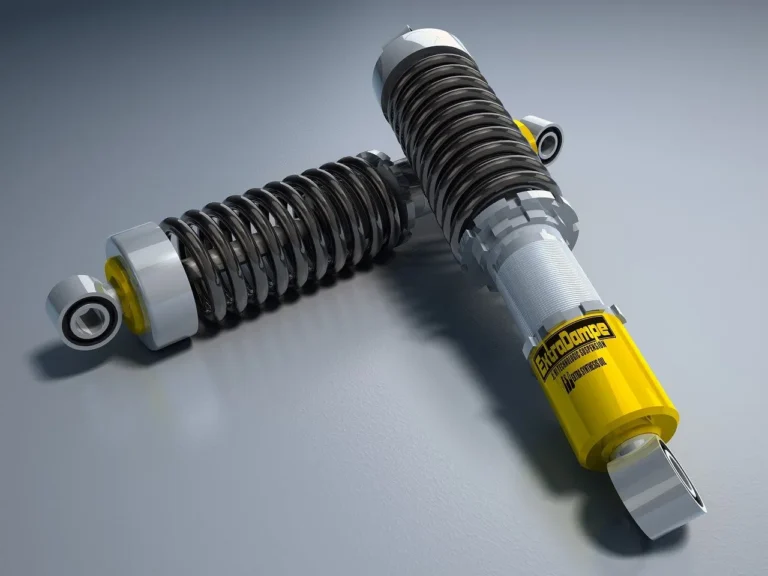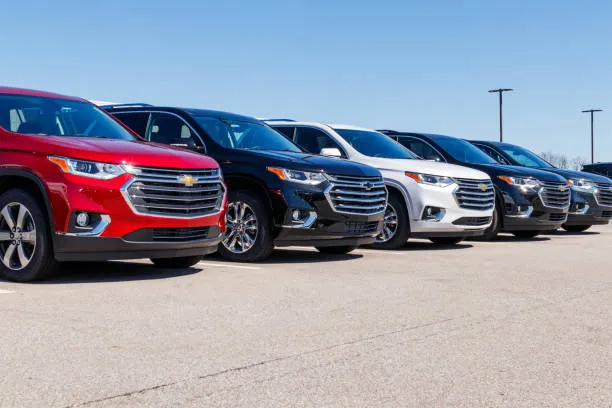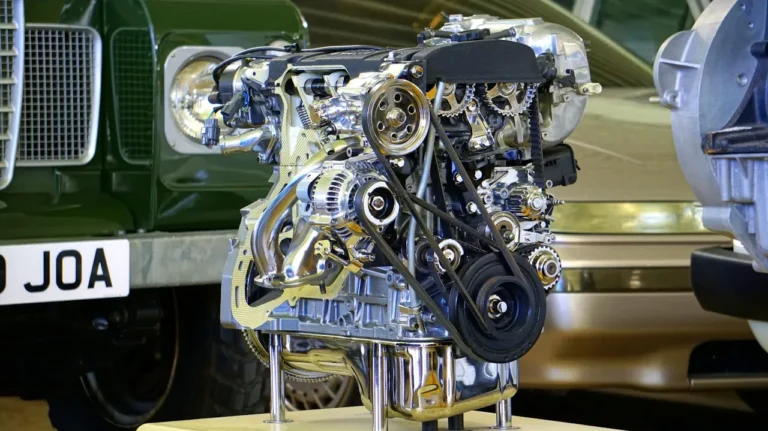
Nissan has begun demonstrations of a prototype vehicle equipped with its in-house-developed autonomous drive technologies, showcasing progress toward its goal of rolling out autonomous mobility services by fiscal year 2027.
The Nissan LEAF prototype vehicle incorporates 14 cameras, 10 radars, and 6 LIDAR sensors. It demonstrates Nissan’s advancements in autonomous driving, especially in complex urban environments. Compared to earlier prototypes, the latest test vehicle features an array of roof-mounted sensors, significantly expanding the detection area and enabling more accurate surroundings detection.
As a result, recognition performance, behavioral prediction, judgment functions, and control functions have been enhanced, delivering smooth operation in various complex scenarios. Around the busy streets of Yokohama, near Nissan’s global headquarters in Japan, the LEAF prototype can smoothly predict pedestrian behavior, conduct lane changes when merging, and judge when to safely enter intersections.
Nissan has been studying business models for future mobility services since fiscal year 2017. While the current demonstration is being conducted at SAE Level 2 equivalent with a safety driver present, the company aims to continue expanding functionality and start offering autonomous-drive mobility services in Japan by fiscal year 2027, collaborating with third parties such as local authorities and transport operators.
In the fourth quarter of this fiscal year, Nissan aims to begin trials in the Minato Mirai area and plans to progress to service demonstration tests by fiscal year 2025. During the trials, the level of autonomous driving functionality will be gradually increased while assessing customer acceptance, with the aim of providing driverless services.
This initiative is conducted in close cooperation with the Japanese Ministry of Economy, Trade and Industry; the Ministry of Land, Infrastructure, Transport and Tourism; and other central ministries. The ministries will also promote initiatives to realize new autonomous mobility services at the Level 4 Mobility Acceleration Committee they organize.
Nissan’s long-term vision is to empower mobility by addressing transportation service issues faced by local communities. Local communities, particularly in Japan, face several mobility challenges, such as driver shortages due to an aging population. To support the resolution of these challenges, Nissan will provide a broad range of new services that enable free movement.







